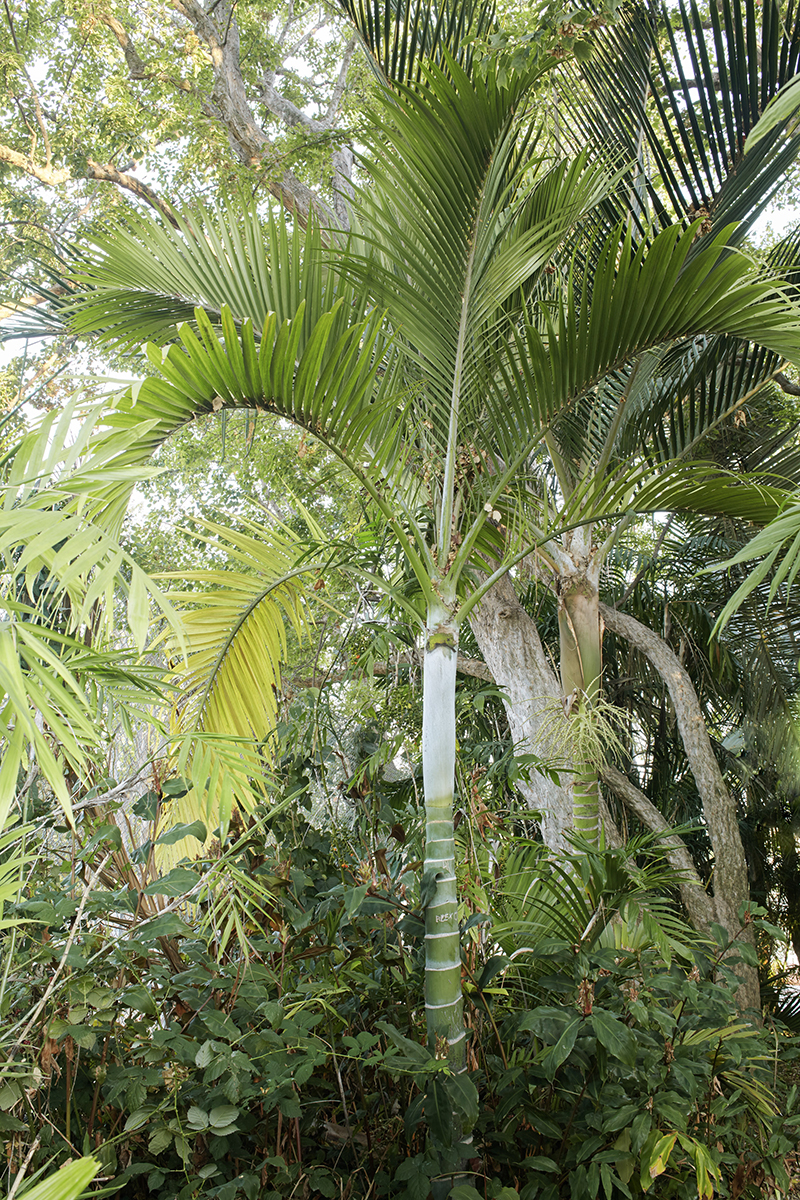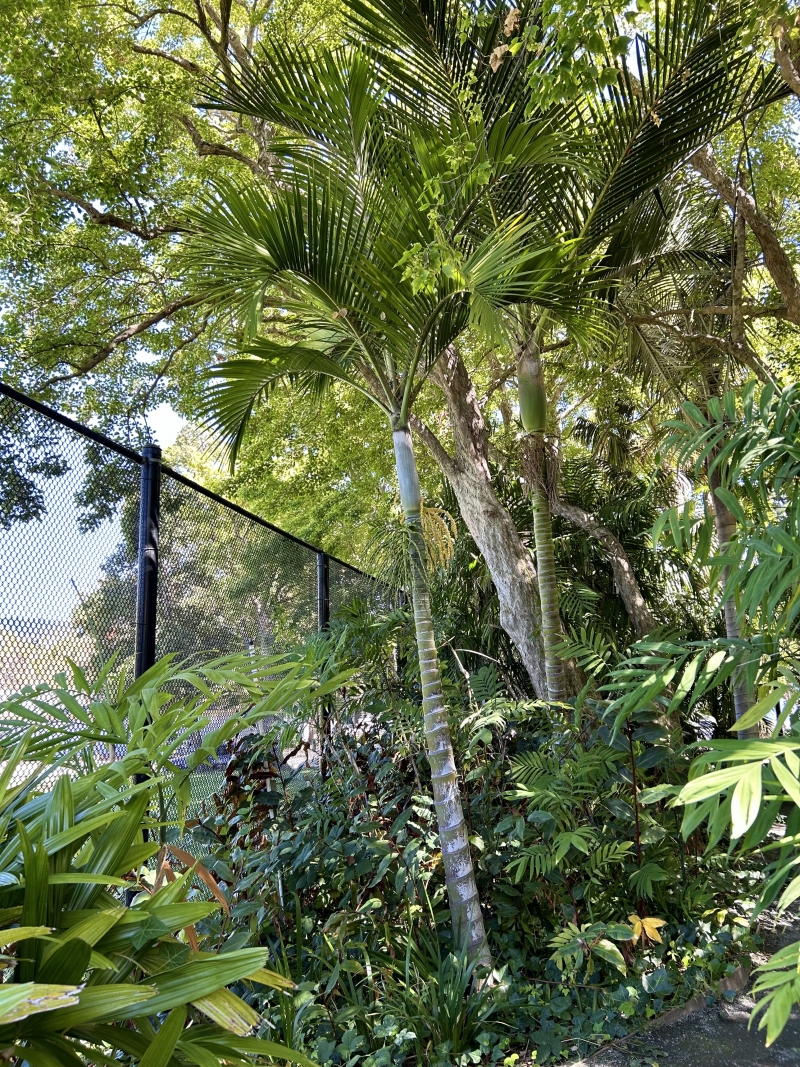


| height | 6–12ft | |
| width | 3–6ft | |
| tolerates | Coast, Cool Summers, Fog, Pots, Wind | |
| water needs |
Moderate – High | |
| water info |
This palm appreciates consistent water, but won’t tolerate soggy soil. Once it’s established, be sure to water it when the top inch or two of the soil is dry. Usually this will mean watering deeply every five to seven days during the dry season. Planting this palm with good drainage will help to make sure it doesn’t accidentally get overwatered. | |
| hardy to |
28F | |
| exposure | Full Shade – Part Sun | |
| indoor outdoor |
Outdoor | |
| drainage | In Ground: Cactus Mix, In Pots: Cactus Mix | |
| origin | Lord Howe Island | |
| california native |
No | |
| sunset zones |
17, 22–24 |
Full Sun
Six or more hours of sun beams directly landing on the plant's leaves.
Part Shade
Three to five hours of sun beams directly landing on the plant's leaves.
Part Sun
One to two hours of sun beams directly landing on the plants leaves.
Full Shade
The plant is never fully lit by sun beams,
but is in a bright spot or has dappled sunbeams playing over the leaves throughout the day.
Deep Shade
The plant never has dappled light on the leaves, and is in a place that feels dim, even on a nice sunny day.
